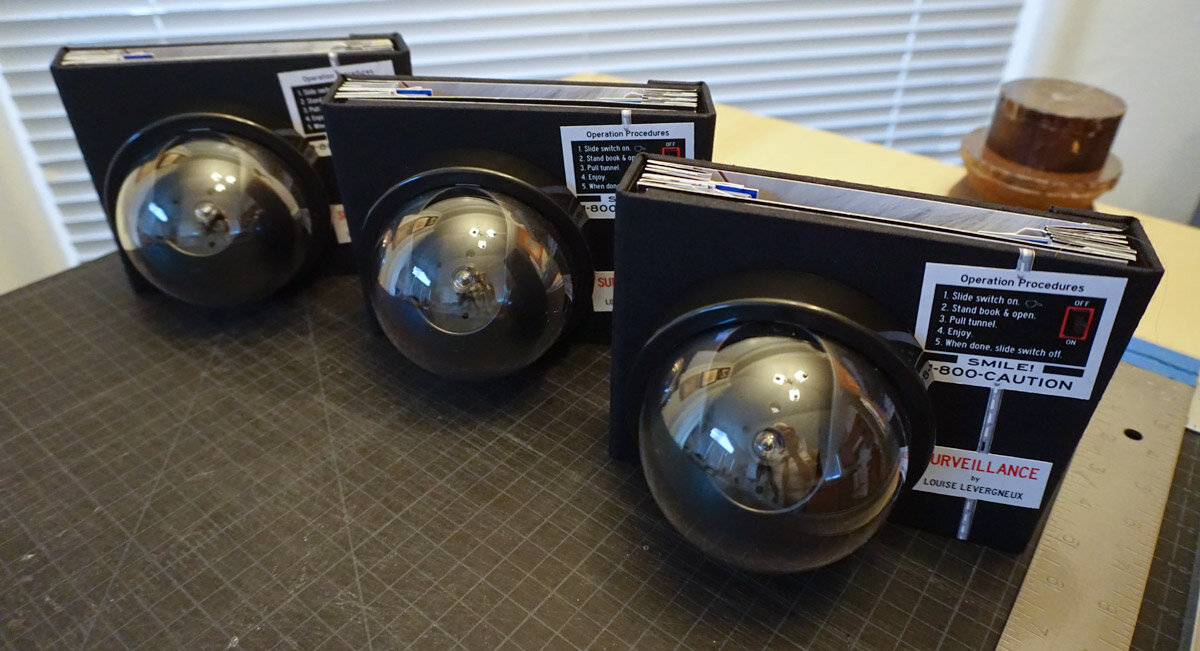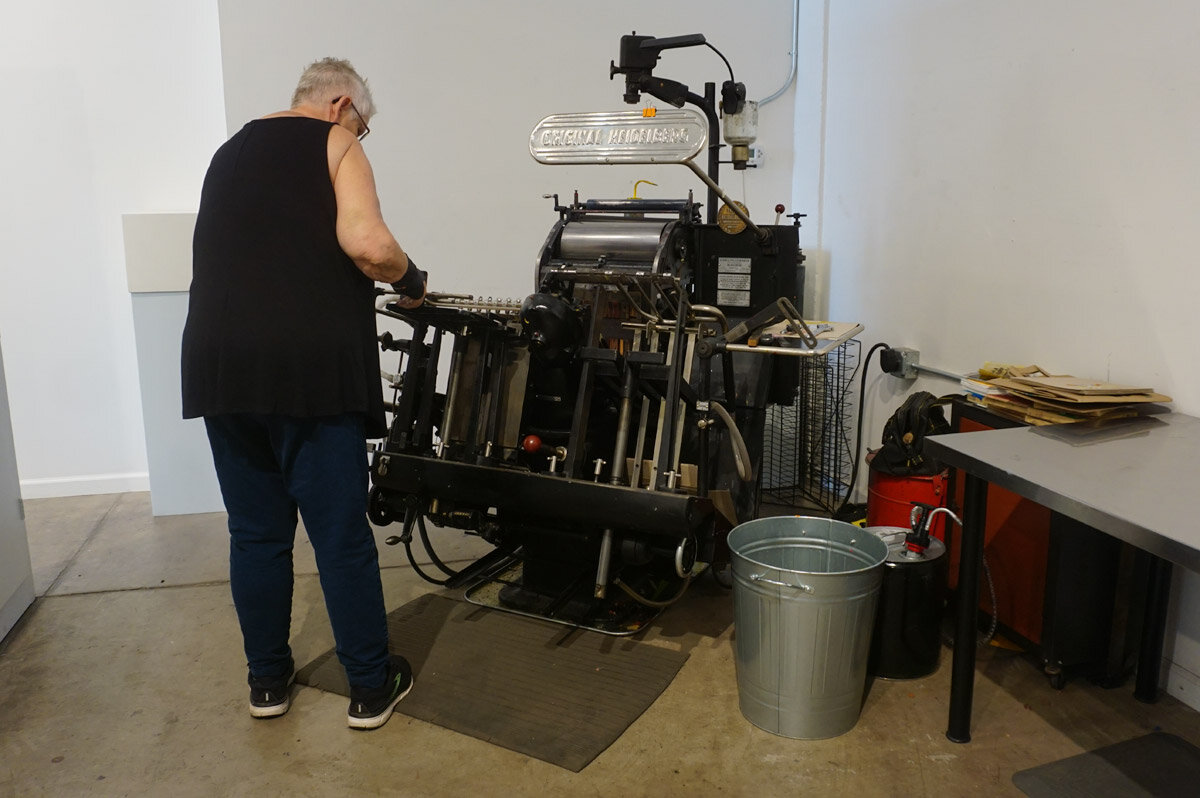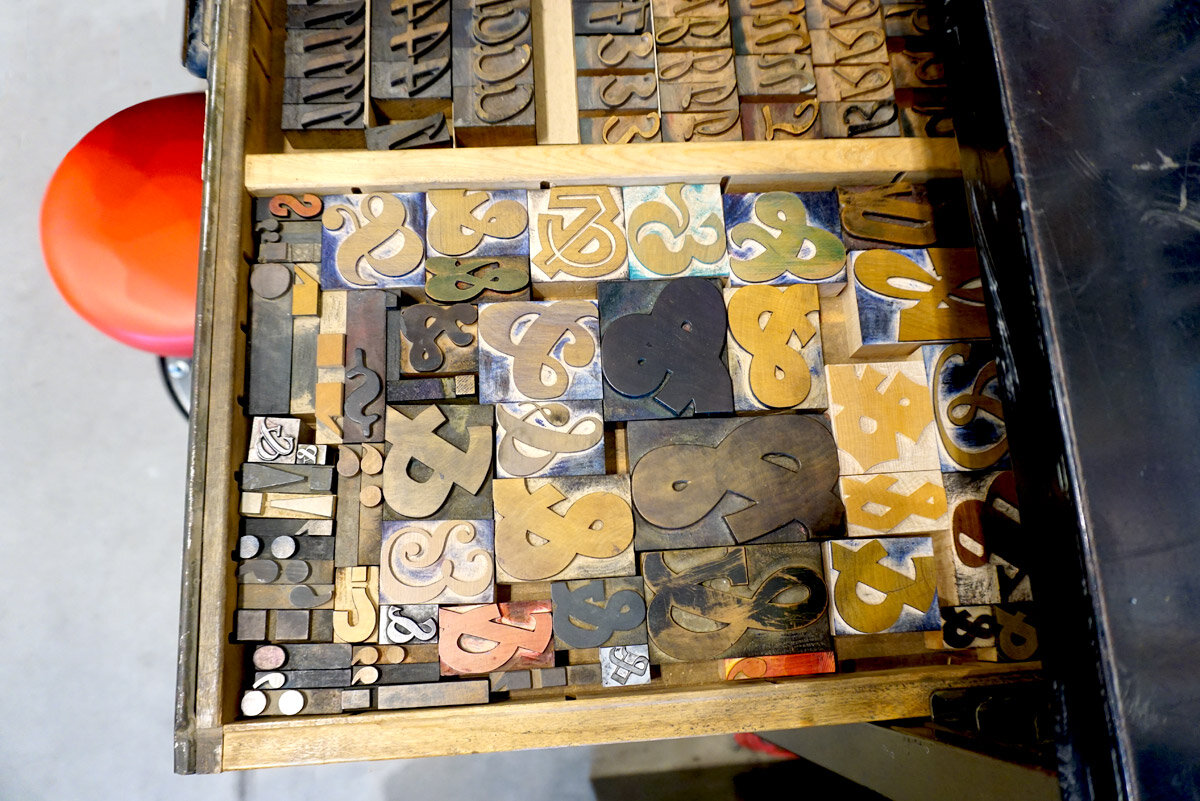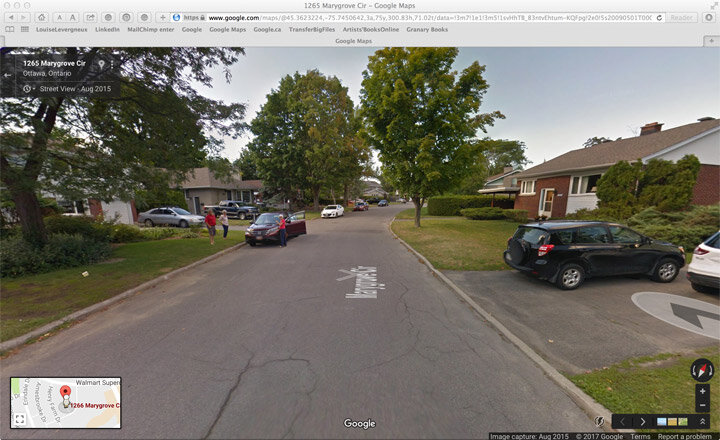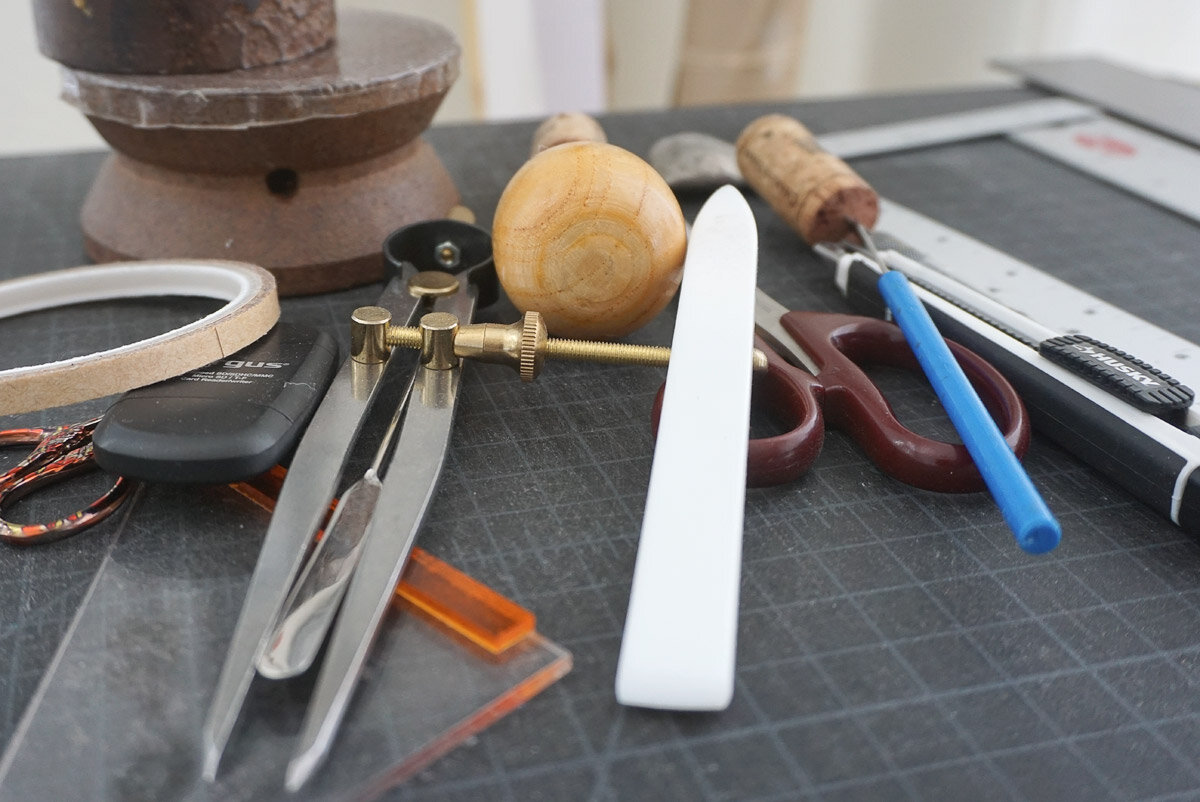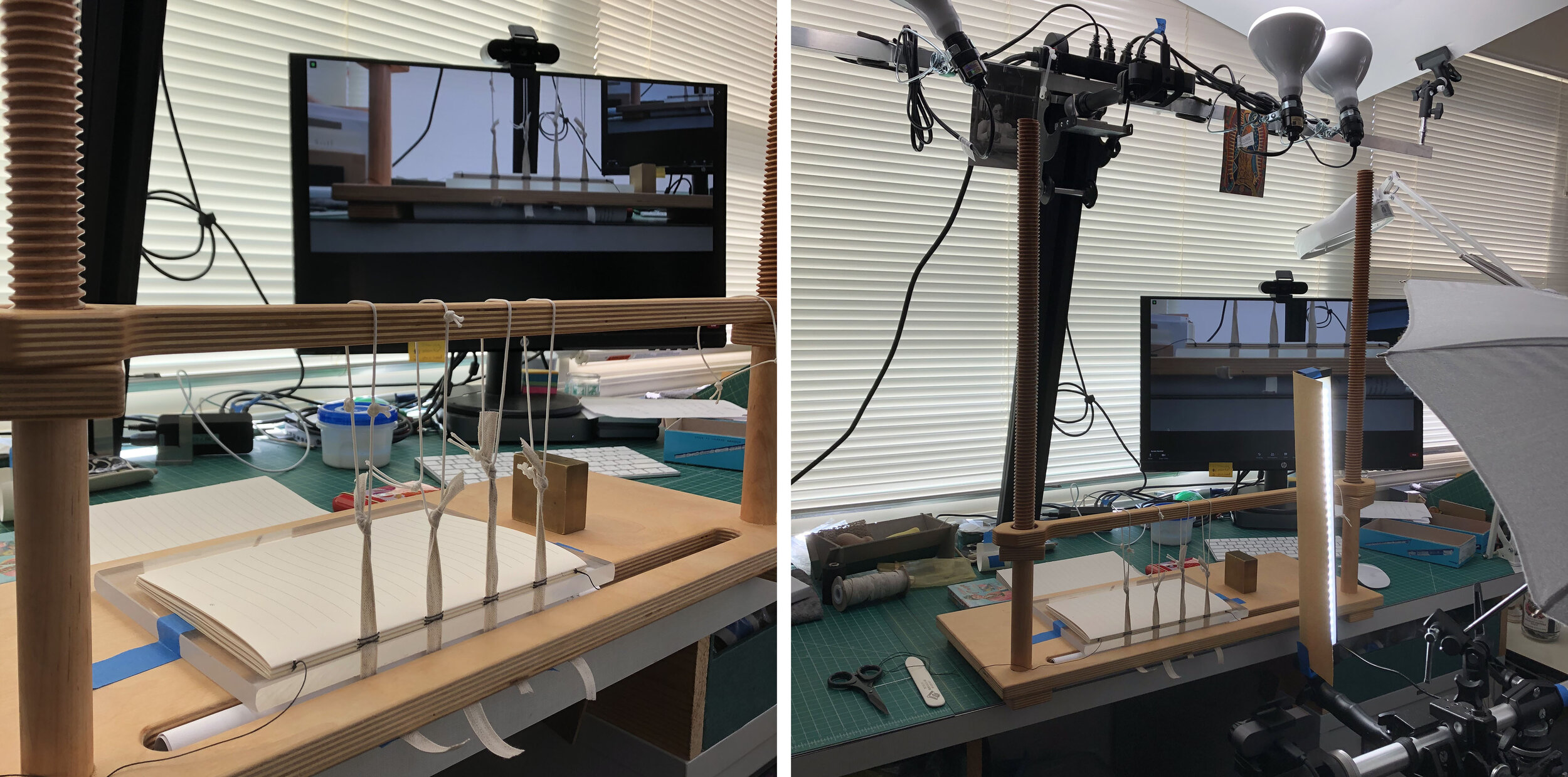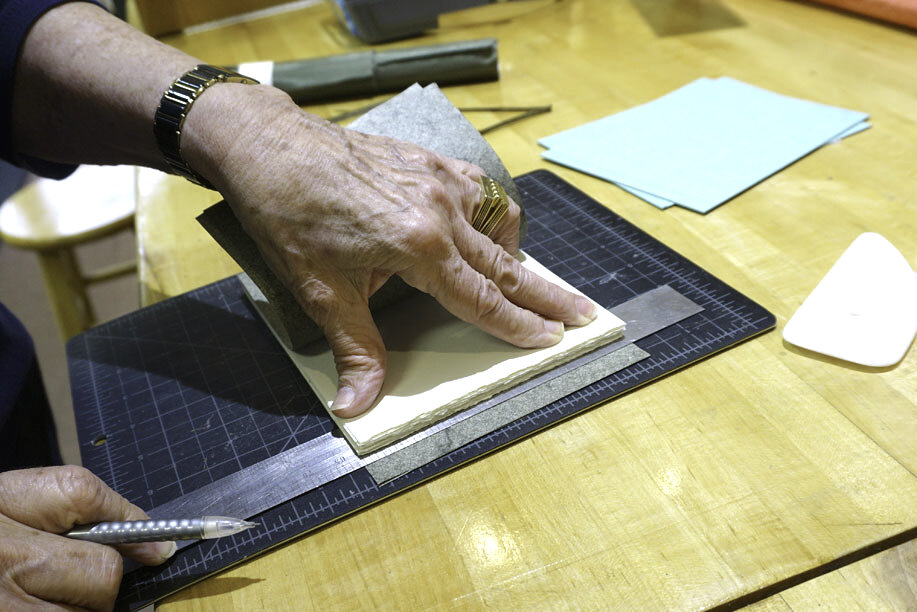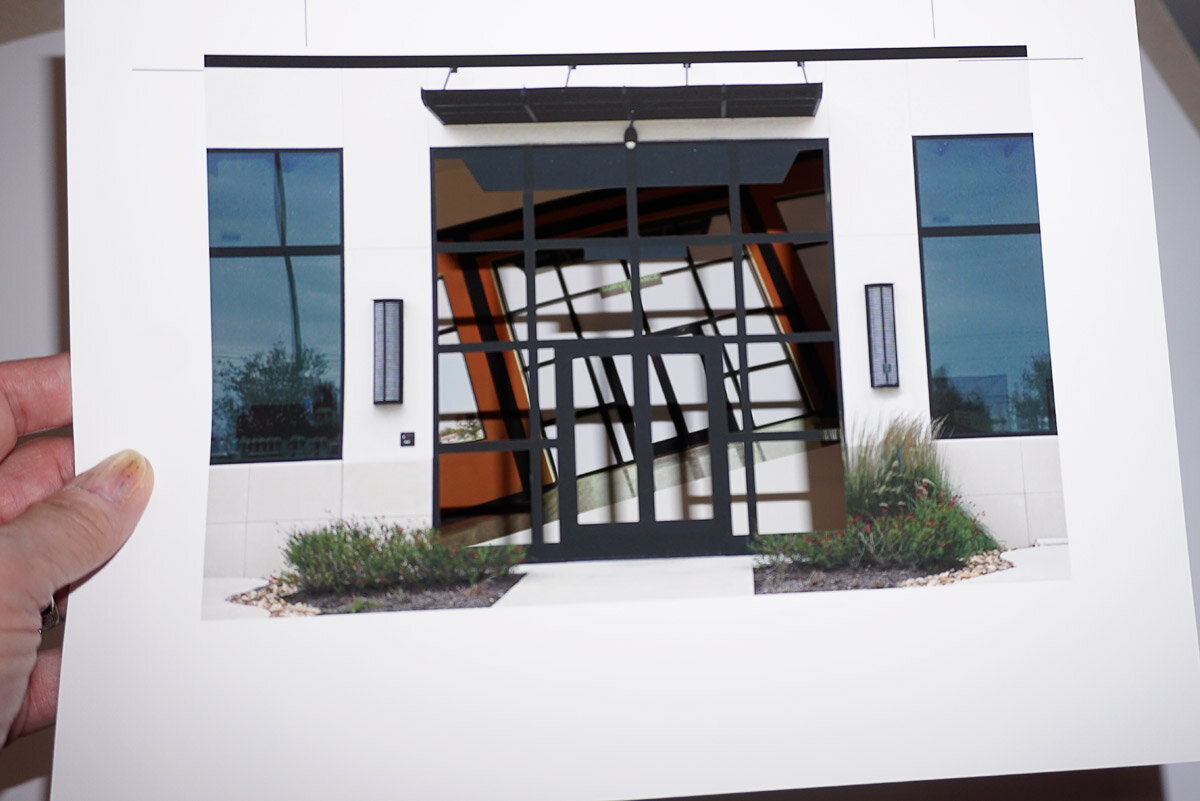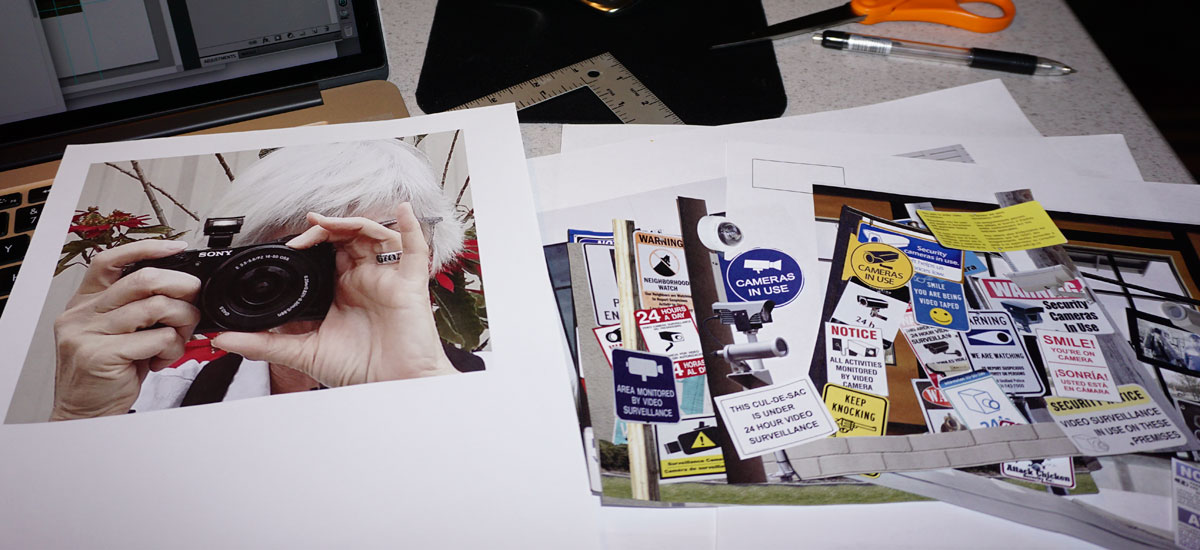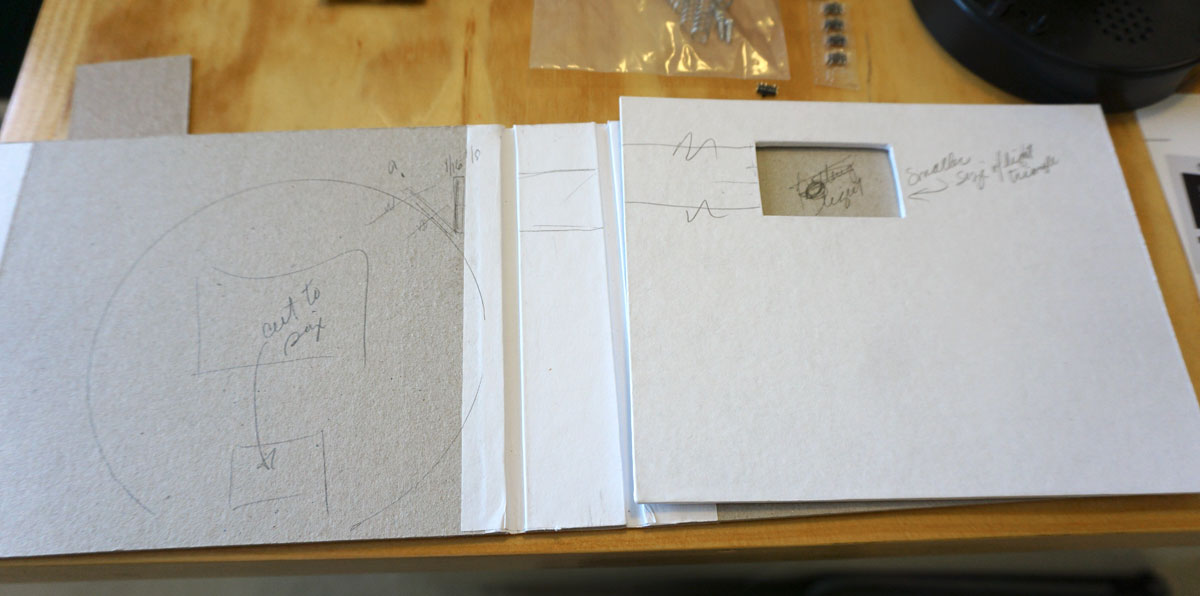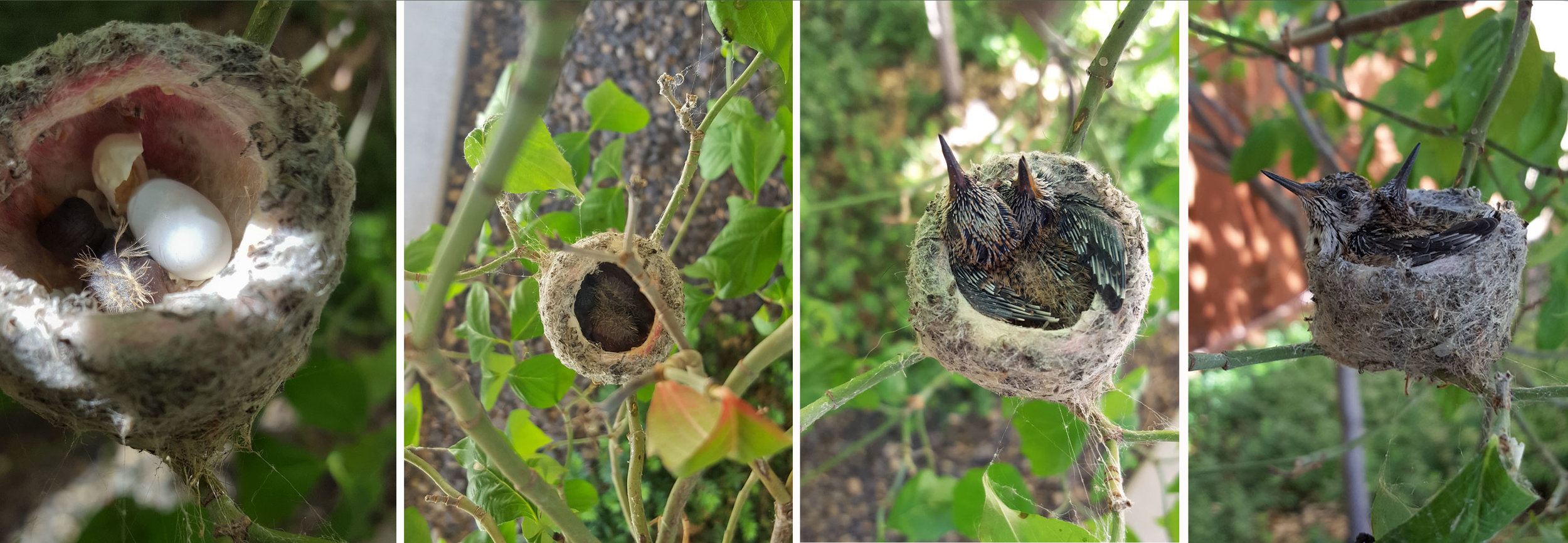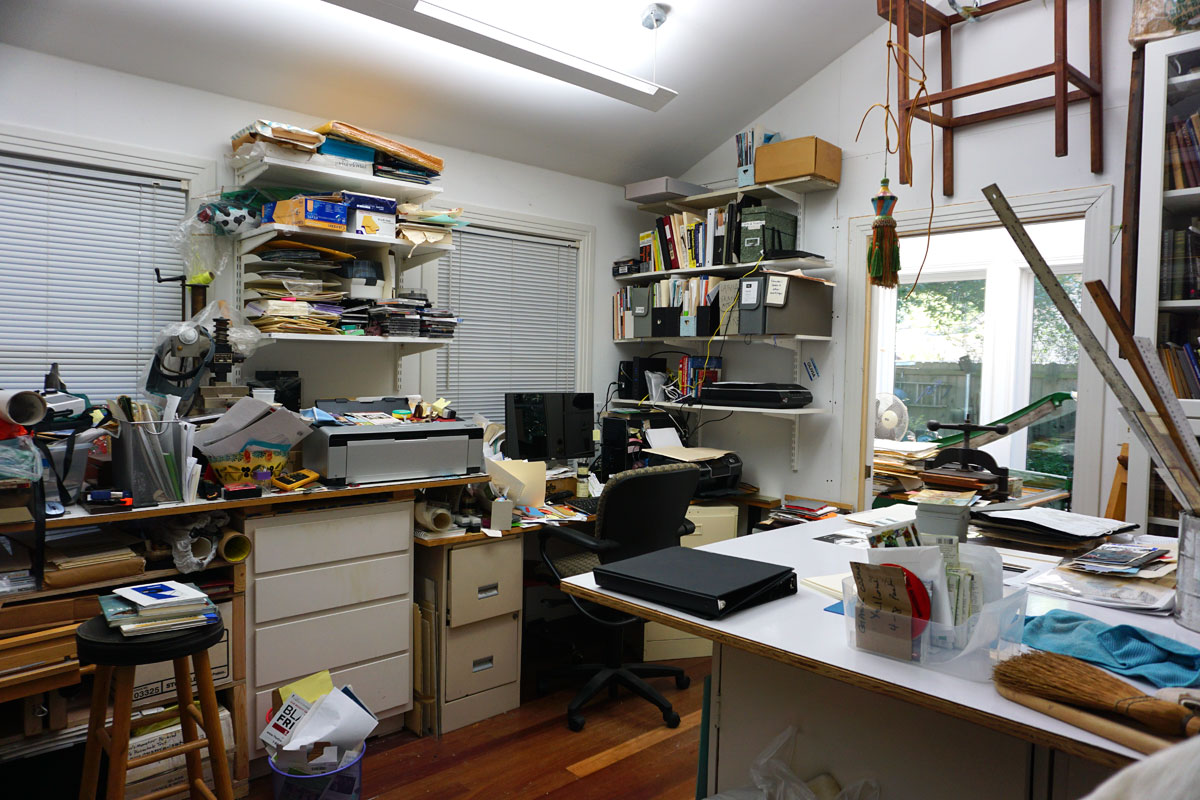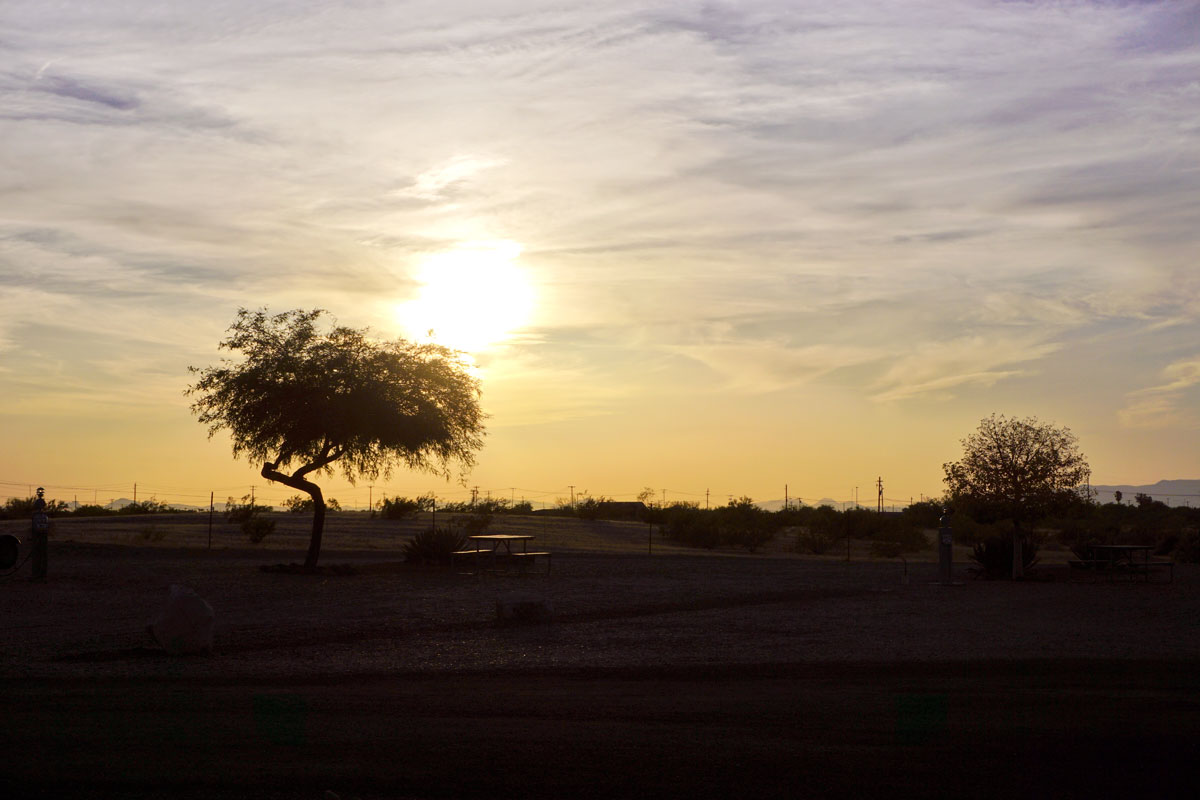Last May, after gathering the rest of our belongings in Utah, I realized we possessed boxes of DVDs stored to the rim full of photos. Living in a compact space and thinking of our carbon footprint, an extra 1TB LaCie mobile external hard drive was purchased as noted at the end of last month’s post. July, was spent re-organizing and copying photos from a couple of portable external drives and many DVDs to an older 1TB and duplicating these files to a new 1TB. Duplication and backup in the digital world are important!
© 2021 Louise Levergneux. Over 72 DVDs and CDs stored on 1TB. What to do with all these jewel cases and other leftover unused DVDs and CDs?
By the way, for any of you who still utilize DVDs or CDs to store files, photos, or music, I have 20 unused DVD-R (4.7 GB) and 6 CD-R (700 MB) available for only $10 + shipping. Also available are the DVD jewel cases shown above for 25¢ each plus shipping. If you are interested, please email me.
After a week of archiving personal photos and those taken for the production of artists’ books, memories rushed to mind bringing the past and my career path to the forefront.
While in college, a professor described the visual elements of my work as seen through the eyes of a photographer. At that time, the intricacies (settings, functions, buttons, menus, icons, and dials) of a SLR camera were cryptic to me. I didn't understand the comparison. Now that the foundation of my work starts with a DSLR camera in hand, I understand!
I have been fortunate for the friendship of many mentors along my career. They encouraged me to develop a strong work ethic, which is still used today when preparing ideas for an artists’ book. Back in the early 1980s, I taught drawing to students in the world of publication and layout — Graphic Arts — for a few years. When we moved to Toronto, an associate of my husband assisted in the development of certain softwares. He supplied me with Illustrator ‘88 and Adobe Photoshop .63 (before the introduction of layers).
© 1988 Louise Levergneux. During the late 80's, I was learning all about Illustrator and Photoshop, at the time my production was sculptural and involved plexiglass and coloured pencil drawings, collaged material, and kinetic parts. While archiving photos, I noticed an altered, pop-up artists’ book. This made me realize my future media of choice began long ago — interesting!
© 1988 Louise Levergneux. “Kissing in the Energies of Greece” or slide number G107, was inspired by my collection of pop-up books.
© 1988 Louise Levergneux. G107 was part of an exhibition titled “The Changer of the Changed” at the Kozak Gallery in Toronto, Ontario, in October 1988.
Adobe needed to explore the visual artist’s point of view without any knowledge of photography versus the application of a software product based on photography. From this understanding, the application improved to be what it is today — a fully fledged image editor. This opportunity introduced a particular freedom to my skills of photo manipulation and montage on the Mac for the last 30 years.
Learning different software programs helped with future contracts including page design and layouts for publications and the creation of posters. A print shop owner in Ottawa, Ontario, instructed me on the steps for prepping my files for printing. Subsequently, there were lots of self-learning and digging deep into Photoshop online.
For all those years, I didn’t realize, I was educating myself for the development and creation of my own artists’ books. It was interesting to view old photos I integrated in my books. These were good memories and I’m grateful that all these diverse activities brought me closer to my goal as an artist.
© 1996 Louise Levergneux. The large format of “Memories of My Memories” was developed as part of an installation at Gallery 101 in Ottawa, Ontario, in 1997. The size of the book was 59.69 X 77.47 Cm (23.5 X 30.5 inches).
© 1996 Louise Levergneux. “Memories of My Memories” was collected by The Library and Archives Canada, Gatineau, Québec, in 2007.
© 1999 Louise Levergneux. In 1999, I participated in a mailing art project at Struts Gallery in Sackville, New Brunswick. Without knowing an accordion book format was chosen and bound to look like a package with brown paper and twine.
© 1999 Louise Levergneux. The inside of “Wind and Water” a double sided accordion presenting a 360° view of our back and front garden in Rockland, Ontario.
© 1999 Louise Levergneux. Detail look at “Wind and Water”.
So, here I am today after decades of working with Photoshop creating and distributing artists’ books that incorporates digital photography as a device that expresses my interest in the concepts of memory and identity.
© 2021 Louise Levergneux. The 20th Anniversary of City Shields.
The sales of my last two artists’ books “Surveillance” and "20th Anniversary of City Shields" would not have been possible without the numerous mentors, artists, and library contacts who supported my work along the way.
I’m honoured to announce that with the addition of the 20th Anniversary of City Shields the complete series is now part of two Canadian collections — The National Gallery of Canada Library in Ottawa, Ontario, and The Canadian Center for Architecture in Montréal, Québec.
© 2021 Louise Levergneux. Surveillance.
Two more copies of Surveillance have found a home at the Temple University Libraries collection in Philadelphia, Pennsylvania, and the Criss Library of the University of Nebraska at Omaha, Nebraska.
The last copy of 26NOV2006 has secured a home in the Miller Library of Colby College and with it the collection has added my artists’ book Conversation.
Now that archiving memories and reminiscing is done — on to another new project, this time about Google Street View — still feeling watched!













